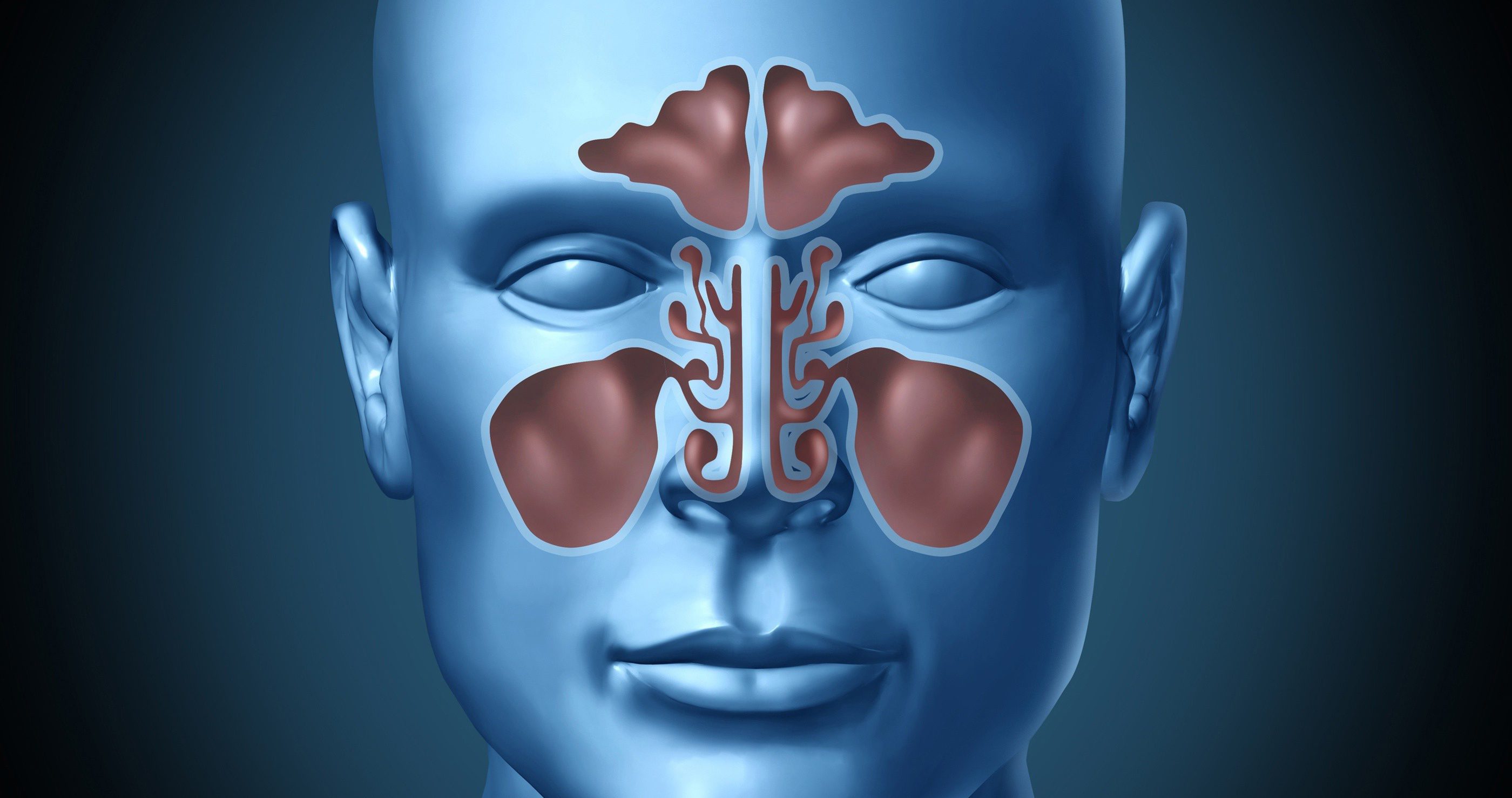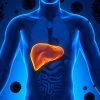
Symptoms
Pulmonary Embolism: 10 Common Symptoms To Watch For
Pulmonary Embolism: 10 Common Symptoms To Watch For
Fever

A fever is a defense mechanism used by your body; raising your internal temperature because it believes it is under attack. Bacterial or viral infection, as well as a host of other reasons, can invoke your body to raise its temperature to flush out the illness. Having a fever is both good and bad: good because it’s an early indicator that something is wrong but bad because it can be hard to verify why the fever has come on in the first place.
Blood clots almost always form as a result of damaged blood vessels. The clot acts as a barrier, stopping blood from seeping out of the damaged vessel and into the body. If a clot breaks free and begins to travel through the body, or the damage to the vessel becomes serious, often times your body will induce a fever to help fight off possible infection. Fever brought on by thrombosis will usually be accompanied by chest pain, localized swelling or shortness of breath.











